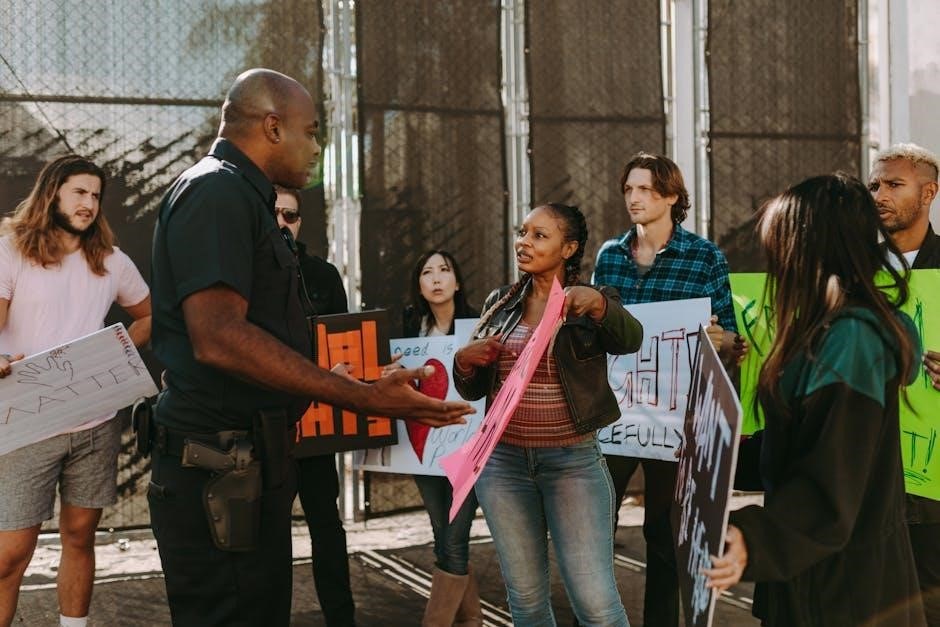California deer hunting offers diverse landscapes and abundant wildlife, making it a challenging yet rewarding experience, especially with expert guides ensuring success and adherence to regulations.
Overview of Deer Hunting in California
California deer hunting offers diverse landscapes, from coastal forests to mountainous terrains, providing a unique experience for hunters. With species like mule deer and Columbian black-tailed deer, the state ensures varied challenges. Archery and rifle hunting methods are popular, while expert guides help navigate regulations and increase success rates. Hunting in California balances tradition with modern conservation efforts, making it a premier destination for both novice and experienced hunters.
Importance of Guides for Successful Hunts
Expert guides play a crucial role in ensuring successful deer hunts in California. Their deep knowledge of local terrains, deer behavior, and regulations helps hunters maximize their chances. Guides provide insights into prime hunting locations, optimal timing, and effective strategies. They also assist with navigating complex permit systems and offer hands-on training, making them indispensable for both novice and experienced hunters aiming for a productive and memorable experience.
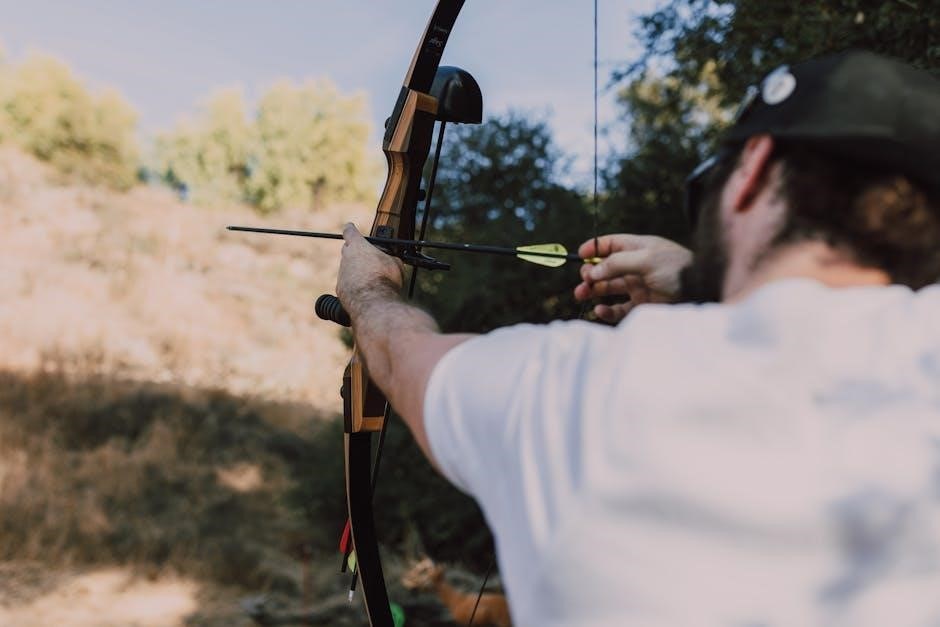
Understanding California Deer Hunting Regulations
Understanding California Deer Hunting Regulations involves securing proper licenses, obtaining necessary tags, and adhering to season dates. These rules ensure ethical and sustainable hunting practices statewide.
Licensing Requirements for Hunters
In California, hunters must obtain a valid hunting license, which can be purchased annually or as a lifetime license. Completing a hunter education course is mandatory for first-time applicants. Additional permits and tags are required for specific hunting seasons and zones. Ensure all applications are submitted correctly to avoid delays. Guides often assist with navigating these requirements for a seamless experience.
Tag and Permit Systems Explained
California employs a tag and permit system to manage deer hunting. Hunters must apply for tags through a draw system, with each tag allowing the harvest of a specific deer type. Preference points accumulate over time, increasing odds of drawing coveted tags. Guides often assist with applications and ensuring compliance, making the process smoother for hunters. Proper tag management is crucial for ethical and regulated hunting practices.
Point System for Hunting Applications
California’s point system for hunting applications rewards persistence and patience. Each unsuccessful application earns preference points, improving future drawing odds. Points accumulate annually, with higher points boosting chances of securing premium tags. This system ensures fairness and incentivizes long-term engagement. Guides often help hunters navigate this process, maximizing their points and strategizing for successful tag acquisitions.

Key Deer Hunting Zones in California
California features diverse deer hunting zones, each offering unique habitats and seasons. Guides help hunters navigate these areas, maximizing success in prime locations like Zone A.
Zone A: Early Season Archery Hunts
Zone A is renowned for its early season archery hunts, beginning in July. Hunters target coastal deer, which rut earlier than other California herds. This zone offers a challenging yet rewarding experience, requiring precision and stealth. Guides often recommend this area for experienced archers, as it demands skill and knowledge of deer behavior during the rut. The unique habitat and early season make Zone A a prime spot for successful bowhunting adventures.
Zone Details: Specific Deer Habitats and Seasons
California’s diverse deer habitats range from coastal forests to mountainous regions, each offering unique hunting opportunities. Seasonal variations play a crucial role, with coastal deer rutting earlier than inland herds. Guides expertly navigate these dynamics, ensuring hunters capitalize on optimal conditions. Understanding habitat-specific behavior and seasonal patterns is key to a successful hunt, making local knowledge invaluable for navigating California’s varied deer populations and terrains effectively.
Types of Deer in California
California is home to mule deer and Columbian black-tailed deer, each thriving in diverse habitats across the state, offering unique hunting challenges and opportunities for skilled hunters.
Mule Deer: Characteristics and Hunting Tips
Mule deer, known for their large ears and white rump patches, inhabit California’s diverse landscapes, from mountains to deserts. Their diet includes shrubs, grasses, and twigs. Hunters should be patient, as mule deer are cautious and have excellent senses. Using camouflaged stands and calling during the rutting season, which begins in late fall, can increase success. Archery hunting is effective in areas with early archery seasons, while decoys can attract bucks during peak activity periods.
Columbian Black-Tailed Deer: Habitat and Behavior
Columbian black-tailed deer thrive in California’s coastal forests and dense vegetation areas, feeding on leaves, twigs, and grasses. They are wary and elusive, requiring stealth for successful hunting. Archery hunting during early seasons in coastal zones, such as Zone A, can be effective. Their behavior is influenced by the rutting period, which begins in late summer, making them more active and vocal during this time.

Effective Deer Hunting Methods
Archery and rifle hunting are popular methods, with guides often recommending early-season archery in coastal zones for black-tailed deer and strategic rifle placements for mule deer.
Archery Hunting: Techniques and Best Practices
Archery hunting in California demands precision and patience, with early-season archery hunts in Zone A starting in July. Use lightweight bows and carbon arrows for accuracy. Focus on shot placement, aiming for the heart-lung area. Stalk quietly or use tree stands to ambush deer. Guides often recommend practicing at longer ranges and understanding deer behavior during the rut. Ethical hunting practices ensure a clean harvest and respect for wildlife.
Rifle Hunting: Strategies for Success
Rifle hunting in California requires precise preparation and execution. Focus on accurate long-range shots, often between 200-300 yards in open terrain. Understand deer behavior, such as feeding patterns and bedding areas, to position effectively. Use high-quality optics for spotting and tracking. Practice marksmanship and familiarize yourself with your rifle’s ballistics. Guides emphasize ethical shots to ensure a clean harvest and respect for the animal.

Essential Gear for California Deer Hunting
Sturdy boots, camouflage clothing, and reliable optics are must-haves. Pack layers for varying weather, a first-aid kit, and scent-control products to enhance your hunting experience.
Must-Have Equipment for Hunters
Hunters need sturdy boots, camouflage clothing, and reliable optics. A first-aid kit, multi-tool, and headlamp are essential. Pack extra ammo, water, and snacks. Scent-control products and layers for varying weather conditions are crucial. Don’t forget a GPS device or detailed maps for navigation. A good backpack ensures gear stays organized and accessible during long treks; Proper equipment enhances safety and success in California’s diverse deer hunting environments.
Choosing the Right Firearms and Optics
Selecting the right firearms and optics is crucial for a successful hunt. Rifles like .308 or .30-06 are popular for California deer hunting due to their accuracy and stopping power. Opt for high-quality scopes with adjustable magnification for clear target acquisition. Ensure firearms are well-maintained and suitable for the terrain. Archery equipment, such as compound bows with appropriate draw weight, is also effective. Proper gear enhances precision and increases hunting success in California’s diverse environments.

Top Hunting Locations Across California
Northern California offers prime deer hunting areas, with key spots in Zone A and other regions providing abundant opportunities for hunters. Local guides and expertise are essential for success in these diverse and productive locations.
Northern California: Prime Deer Areas
Northern California is a hotspot for deer hunting, with Zone A offering early archery and rifle seasons. Guides expertly navigate its diverse landscapes, from dense forests to open hillsides, home to both mule deer and Columbian black-tailed deer. Prime locations include public lands and private ranches, where hunters can thrive with local knowledge and adherence to regulations, ensuring a successful and memorable experience.
Central and Southern California: Key Spots
Central California offers prime deer hunting in zones like Zone A, with early archery and rifle seasons. Guides often recommend areas such as Tejon Ranch and the Central Coast ranges, known for robust mule deer populations. Southern California provides unique opportunities in desert regions and Sierra Nevada foothills, where Columbian black-tailed deer thrive. Local expertise is crucial for navigating these diverse habitats and maximizing hunting success.
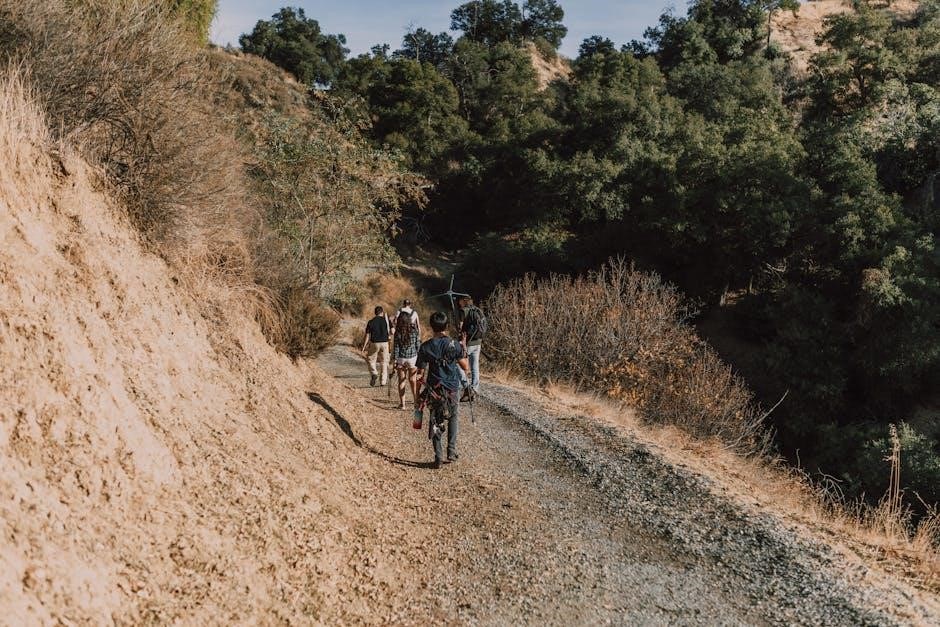
Benefits of Hiring Professional Guides
Hiring professional guides enhances hunting success, offering local expertise, access to private lands, and in-depth knowledge of deer behavior, ensuring a safe and memorable experience.
How to Select a Reliable Outfitter
When choosing a reliable outfitter, research their experience, success rates, and reviews. Ensure they are licensed and knowledgeable about local regulations and deer behavior. Look for clear communication, personalized hunt plans, and a focus on safety. Reputable outfitters, like Arrow Five Outfitters, often have proven track records and can significantly enhance your hunting experience in California.
Arrow Five Outfitters: A Reputable Choice
Arrow Five Outfitters is a highly regarded choice for California deer hunting, known for their extensive knowledge of local habitats and deer behavior. They offer experienced guides, tailored strategies, and a commitment to ethical hunting practices. Their reputation for reliability and expertise makes them a top choice for hunters seeking a professional and rewarding experience in California’s diverse landscapes.
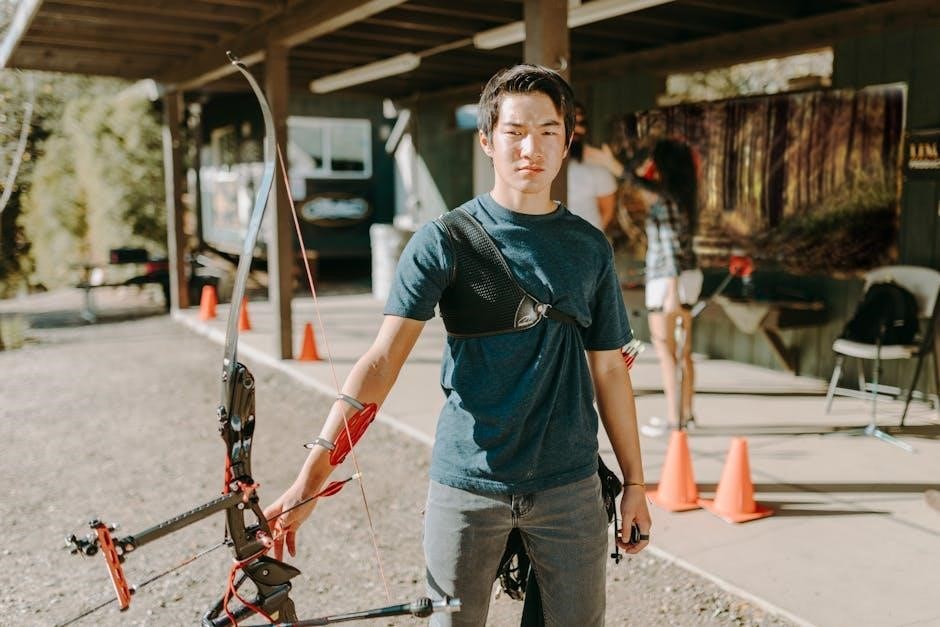
Maximizing Your Hunt’s Success
Expert guides provide local knowledge and proven strategies, ensuring hunters make the most of their California deer hunting experience with precision and effectiveness.
Scouting: Key to Locating Deer
Scouting is essential for identifying deer habitats and patterns. Look for funnels, trails, and bedding areas. Use rain to reveal fresh tracks and signs. Knowledge of deer behavior and habitat is crucial. Guides often provide insights into local deer movement, enhancing your chances of success. Effective scouting leads to better hunt planning and increased opportunities for a successful harvest in California’s diverse deer habitats.
Understanding Deer Behavior Patterns
Deer behavior is influenced by weather, with moderate to heavy rain increasing activity. They often feed during early mornings and late evenings, seeking shelter in dense vegetation. Coastal deer rut earlier, affecting Zone A seasons. Guides help track these patterns, ensuring hunters are in the right place at the right time to maximize success in California’s diverse deer habitats year-round.
Conservation and Deer Management
Hunters and guides contribute to deer conservation through regulated hunting, habitat preservation, and sustainable practices, ensuring balanced ecosystems and thriving deer populations in California.
Role of Hunters in Wildlife Conservation
Hunters play a vital role in California deer conservation by supporting habitat restoration, controlling deer populations, and funding conservation efforts through license fees. Ethical hunting practices ensure sustainable deer management, balancing ecosystems and maintaining healthy herds. Guides often collaborate with wildlife agencies, promoting responsible hunting and environmental stewardship to preserve California’s natural resources for future generations. Their involvement is crucial for long-term wildlife health and biodiversity.
Habitat and Wildlife Management Practices
California deer hunting guides emphasize sustainable practices to preserve habitats and maintain wildlife balance. Guides work with conservation agencies to protect deer habitats, ensuring healthy ecosystems. Practices include managing vegetation, maintaining water sources, and monitoring deer populations to prevent overgrazing. These efforts promote biodiversity and ensure thriving deer herds, benefiting both hunters and wildlife enthusiasts while safeguarding California’s natural landscapes for future generations.
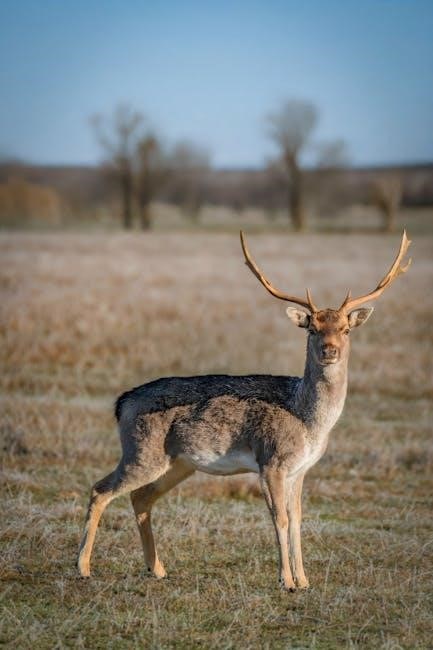
Safety Measures for Hunters
Ensure hunter safety by wearing blaze orange, carrying a first aid kit, and having reliable communication devices. Always inform someone of your hunting location and expected return time.
Essential Safety Precautions
To ensure a safe hunting experience in California, always wear blaze orange clothing for visibility, carry a first aid kit, and maintain reliable communication devices. Inform someone of your hunting location and expected return time. Be prepared for emergencies with a basic survival kit, including water, food, and a map. Avoid hunting alone when possible, and stay alert to changing weather conditions. Adhering to these precautions helps minimize risks and ensures a secure outing.
Emergency Protocols in the Field
Always carry a personal locator beacon (PLB) or satellite phone in remote areas. Stay calm and visible during emergencies by using flares or bright clothing. If injured, administer basic first aid and stabilize the situation. For weather-related crises, seek shelter and avoid flood-prone areas. Stay put if lost, as moving increases the risk of further complications. Ration supplies and wait for rescue or assistance.
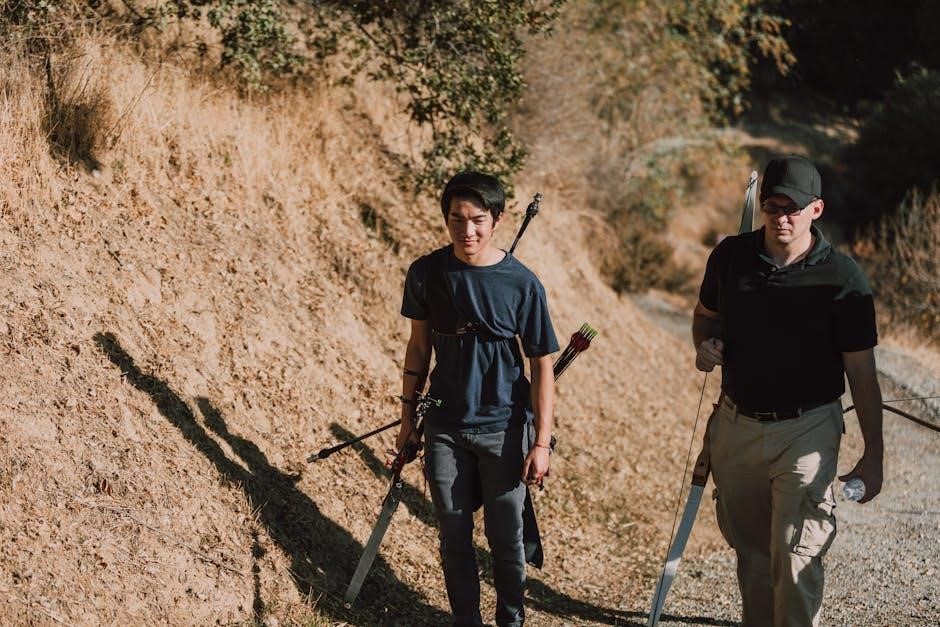
Additional Resources for Hunters
Online forums and communities provide valuable insights and tips for hunters. The California Department of Fish and Wildlife offers reliable resources on regulations and hunting locations, ensuring a well-prepared hunt.
Online Forums and Communities
Online forums and communities are invaluable resources for California deer hunters. Platforms like Reddit’s r/CalHunt and hunting-specific forums offer insights, tips, and real-time updates. Hunters share experiences, strategies, and recommendations for guides, ensuring well-informed decisions. These communities also provide guidance on finding prime locations and understanding regulations, fostering a supportive environment for both novice and experienced hunters to enhance their hunting success in California.
California Department of Fish and Wildlife Resources
The California Department of Fish and Wildlife (CDFW) provides essential resources for deer hunters, including detailed maps, hunting guides, and up-to-date regulations. Their official website offers zone-specific information, season dates, and permit requirements. Hunters can access tools like the “Hunt Planner” for locating public lands and understanding habitat conditions. These resources ensure hunters are well-prepared and informed, maximizing their success while adhering to conservation efforts in California.
California deer hunting guides offer expertise and local knowledge, enhancing success and safety. Their insights, combined with proper preparation and respect for wildlife, ensure a memorable experience.
Final Tips for a Successful Hunt
Scout thoroughly, understand deer behavior, and prioritize safety. Adhere to regulations and consider hiring guides for local insights. Plan according to season and habitat, ensuring proper gear preparation. Respect wildlife and the environment, fostering ethical hunting practices. Stay patient, persistent, and adaptable to maximize your chances of success in California’s diverse deer hunting landscapes.
Encouragement for Responsible Hunting Practices
Respect California’s wildlife and ecosystems by embracing ethical hunting practices. Hunters play a vital role in conservation, so always follow regulations and prioritize animal welfare. Ensure a safe and sustainable hunt by minimizing environmental impact and promoting fair chase. By doing so, you contribute to preserving deer populations and habitats for future generations while enjoying the rewarding experience of hunting responsibly.
Frequently Asked Questions
What are the best practices for California deer hunting? Always follow regulations, use guides for success, and prioritize safety and ethical hunting to ensure a sustainable experience.
Common Queries About Deer Hunting in California
Hunters often ask about licensing requirements, deer zones, and best hunting times. Guides are highly recommended for navigating regulations and locating deer effectively. Scouting and understanding deer behavior are key to success. Archery and rifle hunts have specific seasons, and zone A offers early archery opportunities. Conservation efforts ensure sustainable hunting practices, making California a premier destination for deer hunting enthusiasts.








